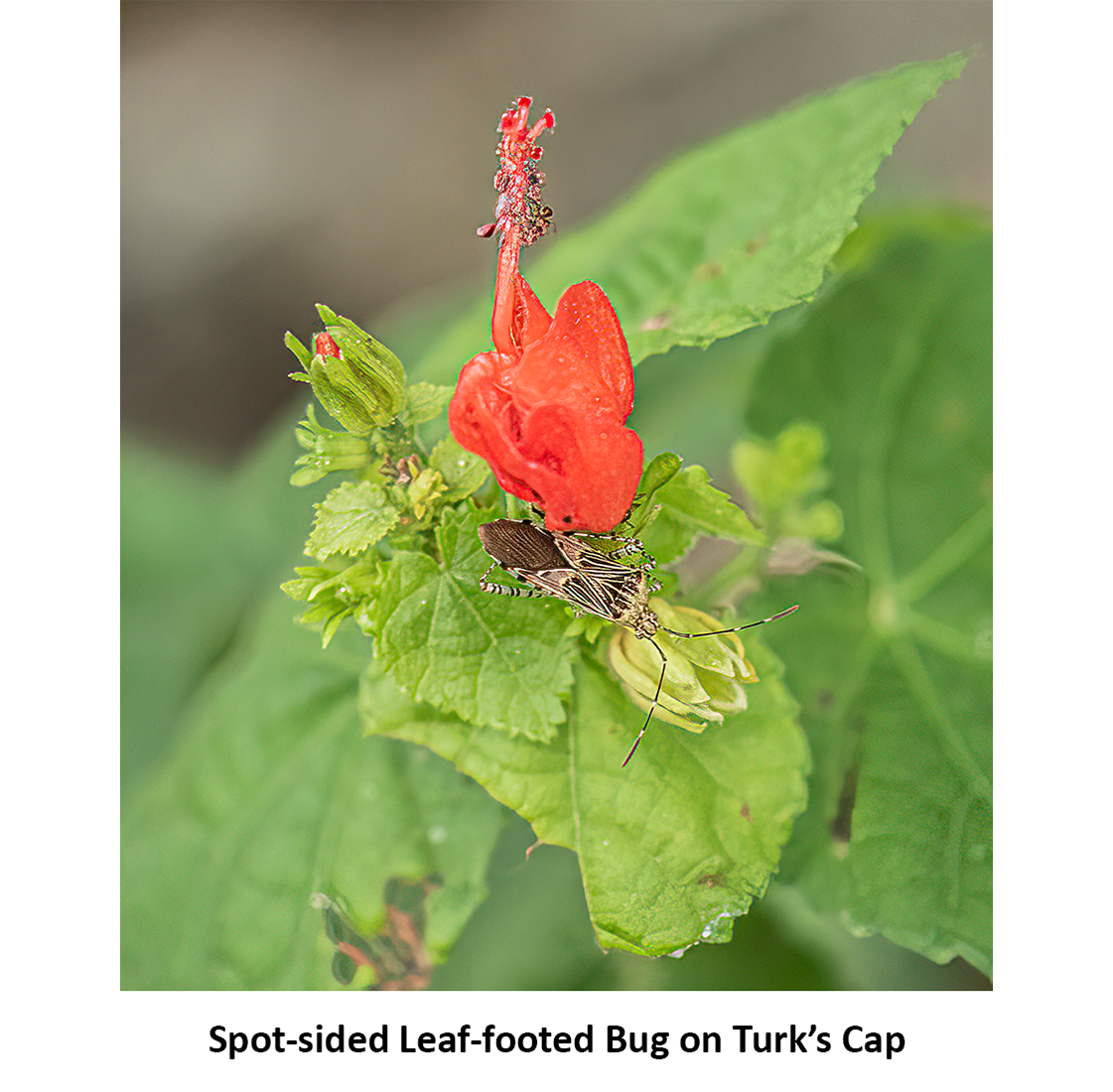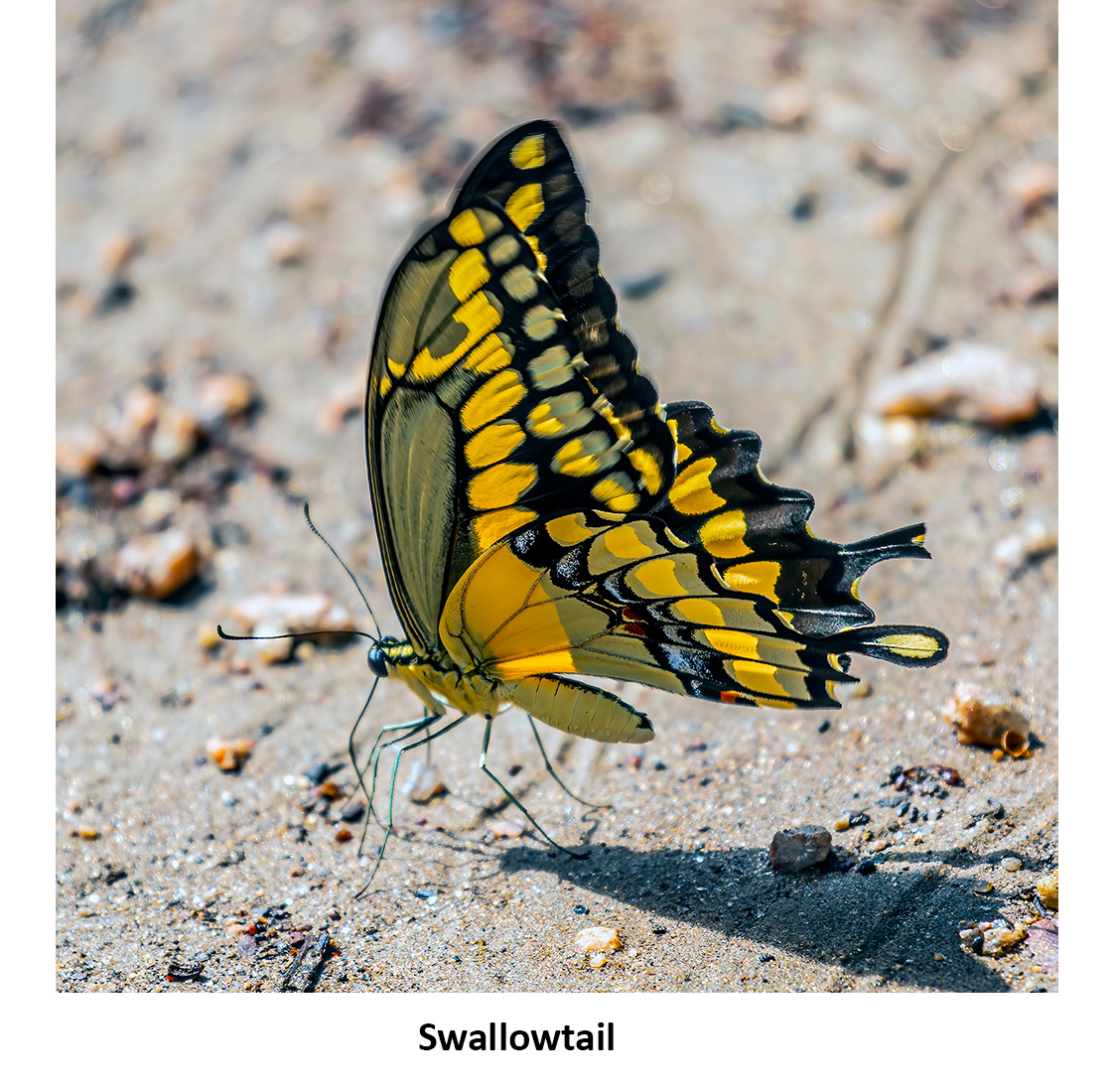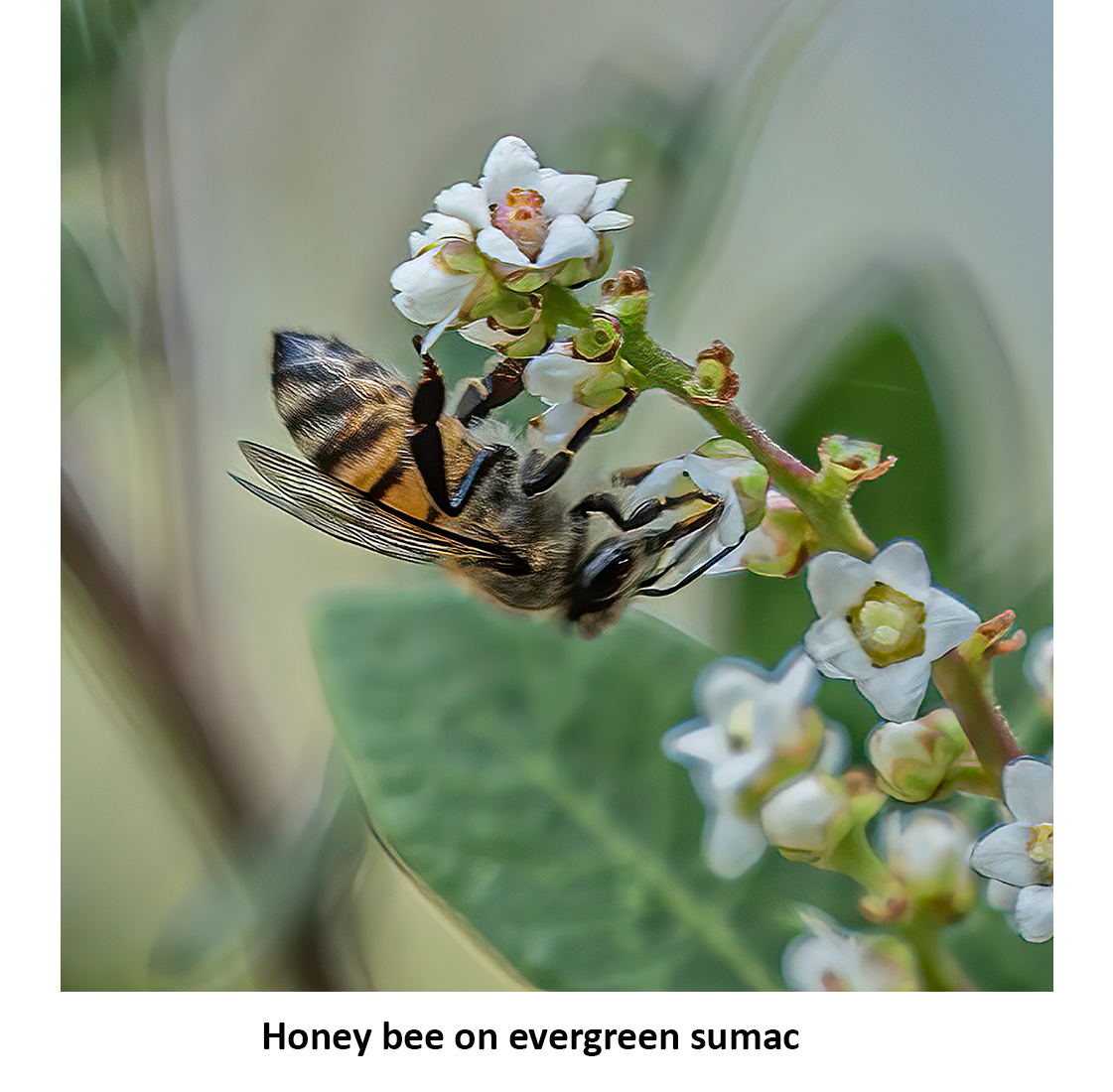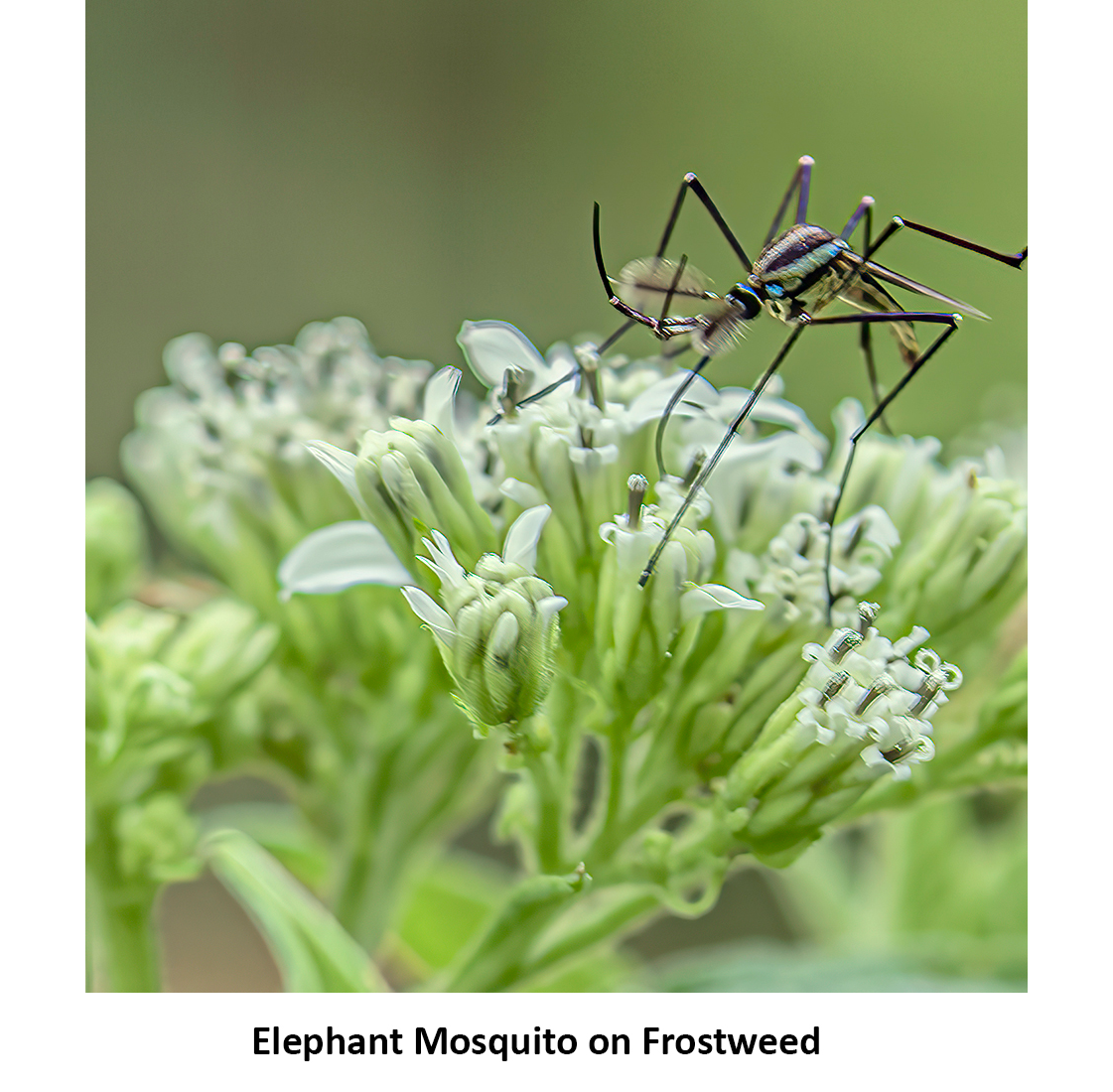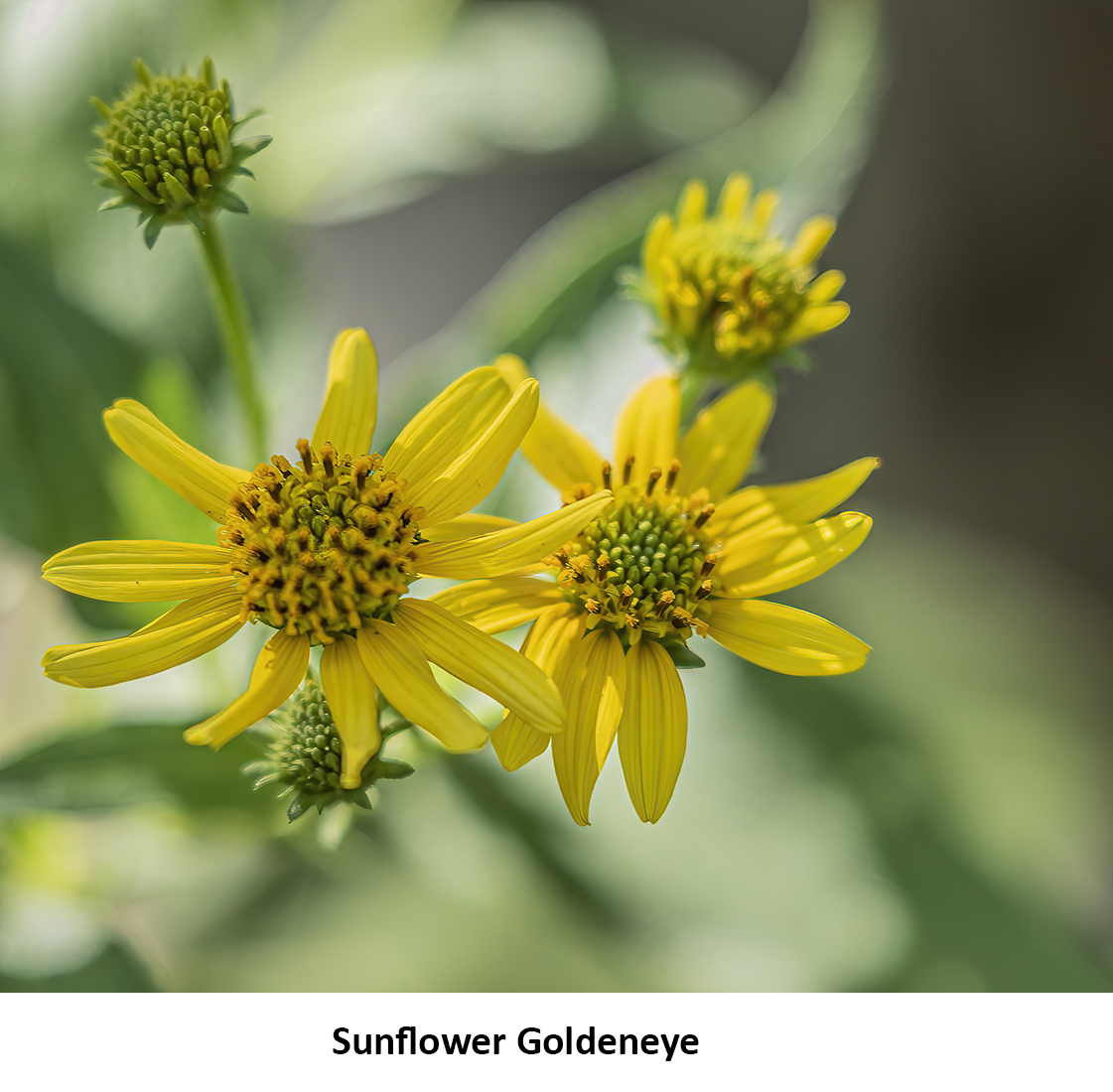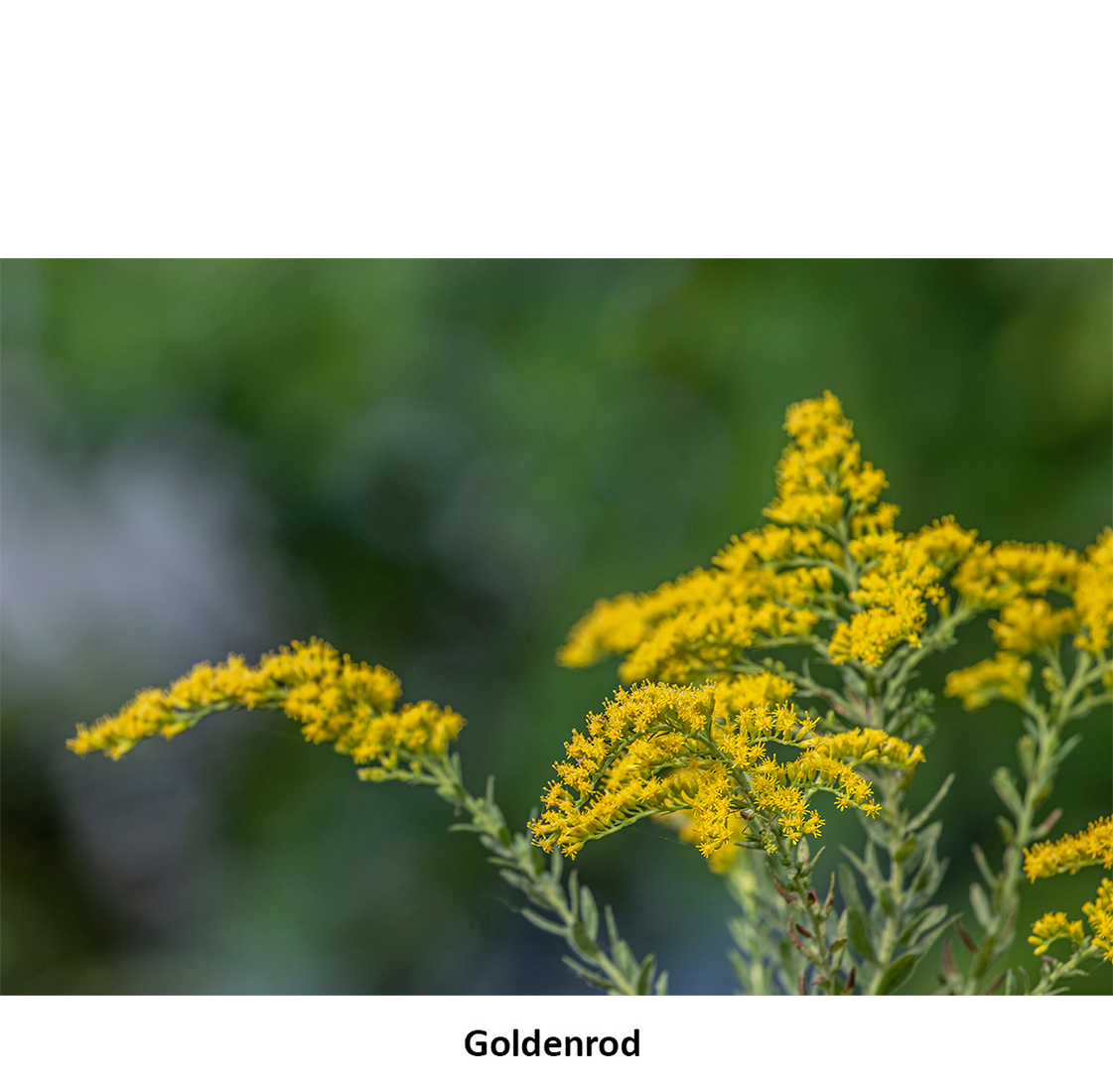08
Oct
Moments of Nature: October 2021
0 Comment
Early fall in Central Texas can be almost as wonderful as early spring—provided we’ve had rain. Fortunately, we did receive almost 6 inches at the end of September, which meant that the flora and fauna that put on a show at this time of year have begun to come to life. What you’ll see below are just a few of those species:
- Turk’s cap, which is entering its last bloom cycle of the year
- Frostweed, a favorite of pollinators, such as pipevine butterflies, monarchs, and great purple hairstreaks
- Goldenrod, which attracts bees, beetles, flies, moths, and butterflies, as well as a number of bird species—chickadees, goldfinches, titmice, cardinals, wrens, and more
- Spot-sided leaf-footed bug: This true bug tends to show up in our area in October and enjoys feasting on plants in the mallow family—not surprising since it’s shown here on a Turk’s cap bloom. This bug can be quite abundant, but it’s not generally seen as an agricultural or garden pest.
- Elephant mosquito: Fear not—this largest of all mosquitoes doesn’t bite. Instead, it feeds on flower nectar and other sugary substances. In its larval state, it actually eats other mosquito larva, consuming thousands before it reaches maturity. According to Vector Disease Control International—this even though Toxorhynchites rutilus, unlike more familiar mosquito species, is not a vector of disease—the elephant mosquito is “one of the most colorful mosquitoes in the USA. The body is covered with shiny, metallic, dark-blue scales, with patches of iridescent silvery-white, purple, and green scales ornamenting the sides of the thorax and abdomen. They are stunning, beautiful, and just down-right gorgeous.”
- Giant Swallowtail: According to butterflyidentification.com, “The Giant Swallowtail butterfly indigenous to different parts of North America is said to be the largest butterfly of this continent. The caterpillars of this species are strikingly famous for camouflaging to escape from their predators by resembling bird droppings.” In this photo, the butterfly is “mining” salts and minerals from the soil. This behavior is most often seen in male butterflies.
- Evergreen sumac, a reliable fall bloomer and magnet for pollinators
- Sunflower goldeneye—dramatic in large numbers, a great companion to frostweed and Turk’s cap, also a favorite of pollinators


